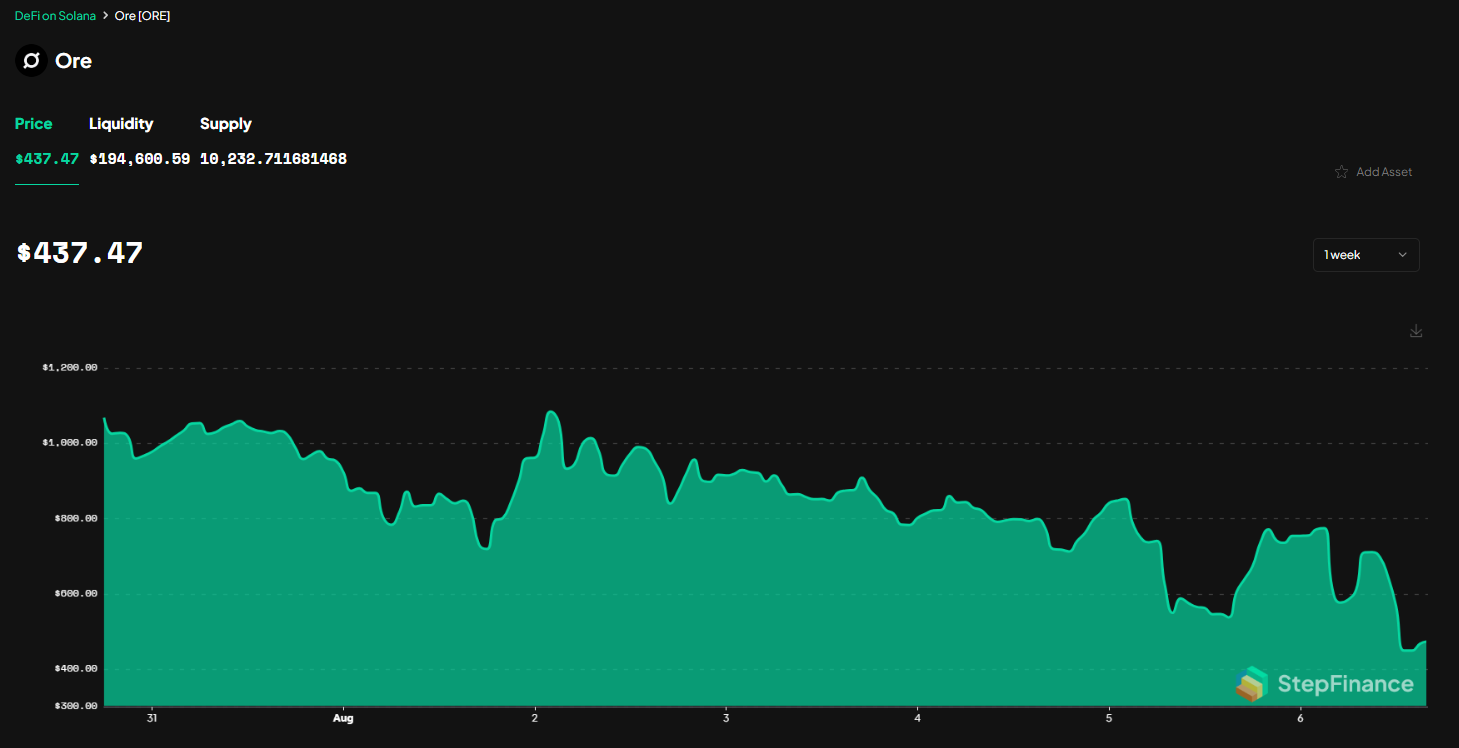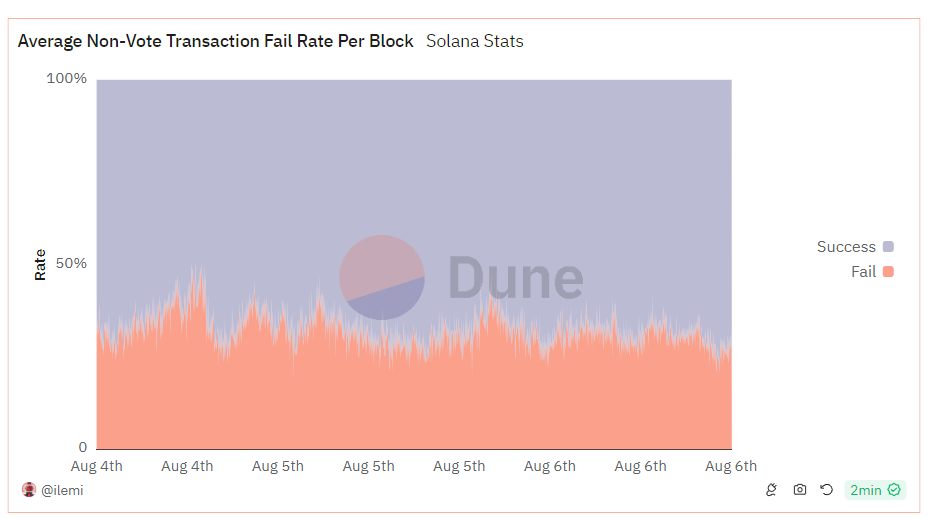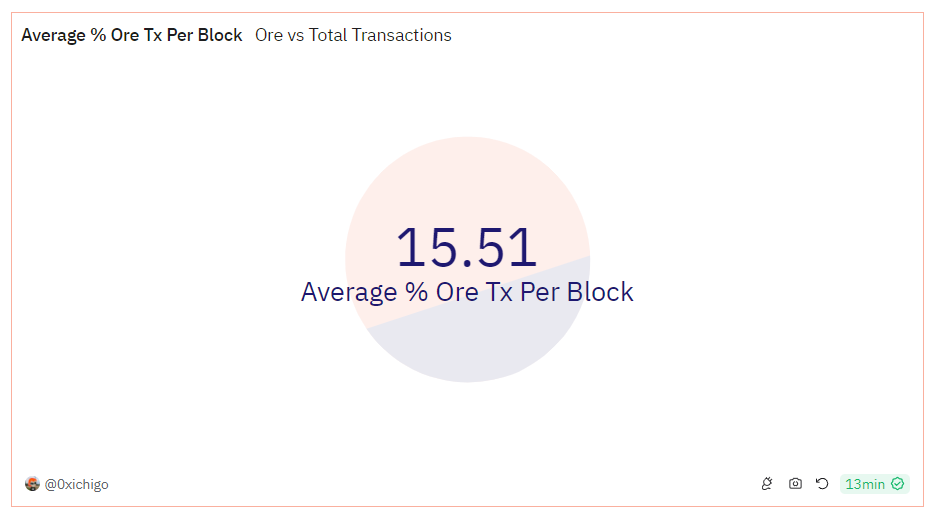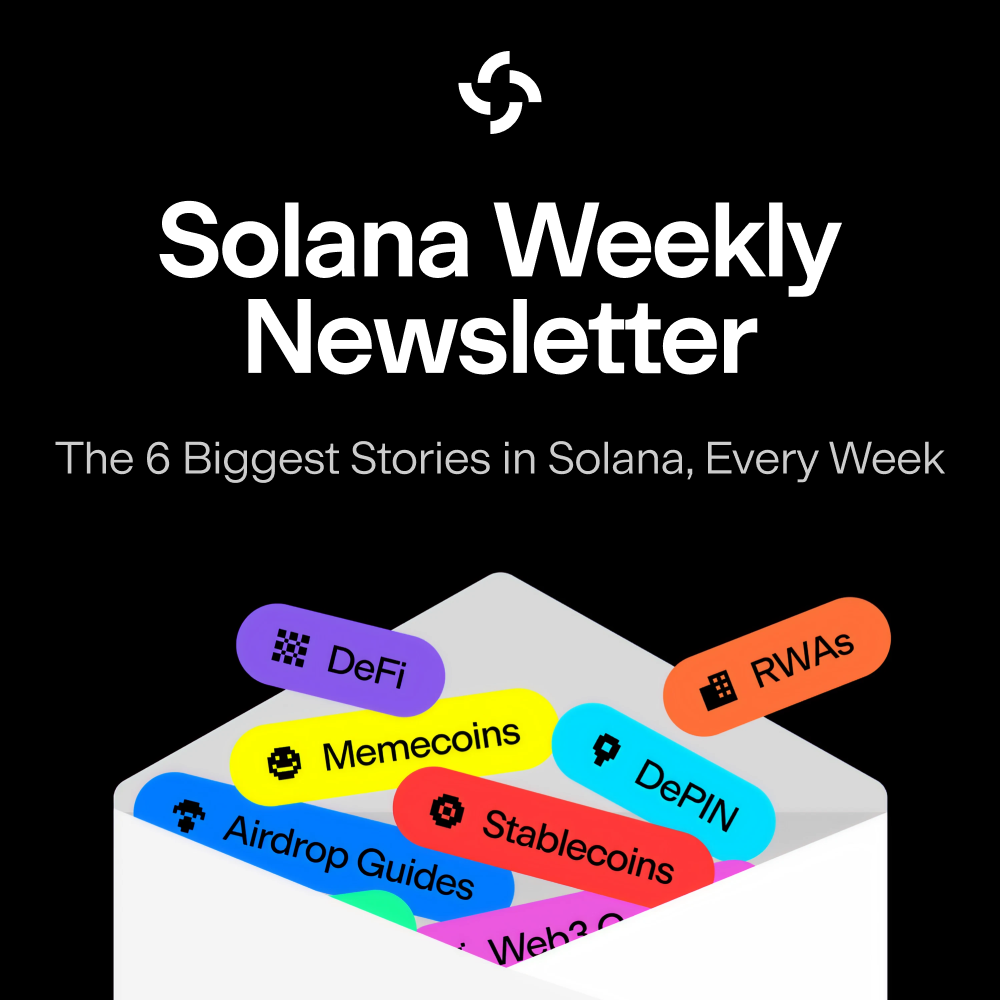
ORE Mining Resumes, Token Plummets 42%
After months of development, OREsupply mining makes its highly anticipated return. Can ORE demand keep up with inflation?
- Published:
- Edited:
Donning their hardhats and refreshing their digging software, miners across the Solana ecosystem are eager to dive back into the tunnels in the search of precious ORE.
However, the quest for ORE might lead to its downfall. With more ORE entering circulation, can the demand for “p2p electronic cash” outweigh inflationary emissions?
ORE Drops 34% Since Launch
At 00:00 UTC on the 6th of August, ORE mining resumed on the Solana network. Designed to discourage transaction spamming, OREsupply’s new mining protocol aims to fairly distribute a Proof-of-Work cryptocurrency throughout the Solana ecosystem.

Unfortunately, ORE has struggled to find sufficient support on the open market since the mines reopened. ORE has entered a relentless downtrend since launch, dropping by over 42% as it slid from $754 to its current market price of $437 based on Step Finance data.
At an emission rate of 14.23 ORE per day, ORE inflation appears to be overpowering buy-side demand, with miners selling their freshly mined tokens with impunity.
As a countermeasure, the OREsupply v2 protocol offers a staking multiplier, promising to distribute boosted rewards to miners who stake their ORE tokens.
SOL Big Brain, a popular public figure in the ecosystem, admitted that he liked the excitement ORE brought to Solana, but wasn't convinced the token will be able to maintain its value.
Solana Network Holds Strong
When ORE mining originally went live in April 2024, it quickly consumed the Solana blockchain. Eager to get their hands on as much ORE as possible, miner transaction spam caused significant network congestion.
Rendering Solana almost unusable, OREsupply founder HardhatChad opted to pause Ore mining. Redesigned and freshly optimized, the new OREsupply protocol addressed some of the key concerns that plagued the initial version.
In an exclusive statement to SolanaFloor, HardhatChad contends that “it's unlikely we [see] the same issues as the v1, but we may see new issues”.
Showing faith in Solana’s trademark performance, the OREsupply founder clarified that the network is “as ready as it will ever be. With the new hash function, ORE transactions will consume more compute units than in the v1, so we may see ORE drive demand for Solana to increase the block size limits”
Fortunately, since the return of ORE mining, Solana performance hasn’t broken a sweat. The blockchain has maintained consistent performance. There’s been no noticeable change to the number of failed transactions on the network, and Solana’s high throughput has remained steady above 1,000 non-vote transactions per second.
At press time, ORE mining transactions account for approximately 15.51% of network transactions per block, indicating the protocol’s popularity.
Solana Ecosystem Welcomes ORE
The return of ORE mining has been well-received by the wider Solana ecosystem, with key players like BackPack integrating ORE mining services directly into its wallet app.
Since the relaunch, OREsupply has proven itself to be a popular program. Users have swarmed back into the ORE mines, with over 8.7k unique miners competing for ORE emissions.

While the ORE protocol is a fascinating experiment exploring fair token distribution methods, whether it remains popular among miners remains to be seen. Commentators argue that the protocol still offers "unexplored innovation vectors", suggesting that ORE might have a greater role to play in the future.
Only time will tell if the Proof-of-Work token can establish itself as a viable digital currency on a Proof-of-Stake network.
Read More on SolanaFloor
DePIN Tokens flourish of market bounce:
Solana DePins Rally Over 30% While TradFi Platforms Suffer Outages - A Sign of the Future?
What is Crypto Staking?





